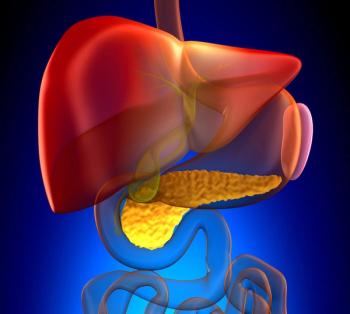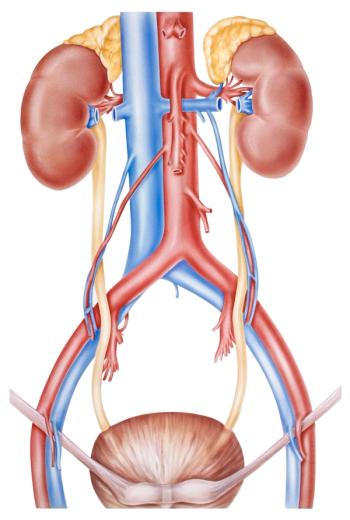
ctDNA Data in Gynecologic Cancer RT Population May Be Hypothesis-Generating
A prospective trial may help affirm ctDNA as a non-invasive option of predicting responses to radiotherapy among those with gynecologic cancers.
Evidence from a study assessing circulating tumor DNA (ctDNA) as a potential predictor of response to radiotherapy in patients with gynecologic malignancies is “compelling,” although ctDNA currently remains an early investigational tool in this population and should be studied in a prospective manner, according to A. Gabriella Wernicke, MD, MSc.
CancerNetwork® spoke with Wernicke, a clinical professor at Donald and Barbara Zucker School of Medicine at Hofstra/Northwell and radiation oncologist at Lenox Hill Hospital of Northwell Health Cancer Institute in New Hyde Park, New York, about the next steps for researching the use of ctDNA in patients undergoing radiotherapy for gynecologic cancers following findings from a study she presented at the
Looking ahead, Wernicke said these results should prompt her colleagues to think about ctDNA as a potentially noninvasive tool that should be studied prospectively to further clarify how it may predict treatment outcomes in those with gynecologic cancers. Additionally, data from a prospective trial may shed light on reducing toxicities and customizing treatment strategies for those who are receiving radiotherapy.
Wernicke stated that she wanted to thank the ASTRO Scientific Committee for selecting her group’s work for an oral presentation at the meeting.
Transcript:
This evidence is very compelling and certainly hypothesis-generating. A predominant number of our patients in this trial [had] advanced diseases of vulvar and cervical cancers. We’ve noticed some interesting, similar results with recurrent endometrial and vaginal cancer. It would be great to expand the study population to a prospective trial, which will be underway, and study these intriguing data in a prospective manner. We believe that if we truly prove the concept [from the] preliminary data so far, that might shed light not only on the response but also on reducing the toxicity early enough or changing the management by making it more customized to patients.
What I would tell my colleagues in the field is that this is an early investigation and remains an investigational tool. But having such intriguing results should prompt us to think about this relatively non-invasive option as something that should be studied prospectively and considered in patients who are bound to develop severe toxicity and not know their prognosis or outcome for a long time. To my mind, this has a bright future; let’s see what bends out with prospective studies and the results of these studies.
Reference
Wernicke G, Gui B, Shalamov MM, et al. Early assessment of response using ctDNA as a non-invasive biomarker in patients with gynecologic malignancies undergoing radiotherapy. Presented at: 2024 American Society for Radiation Oncology Annual Meeting; September 29-October 2, 2024; Washington, DC. Abstract 106.
Newsletter
Stay up to date on recent advances in the multidisciplinary approach to cancer.


















































































